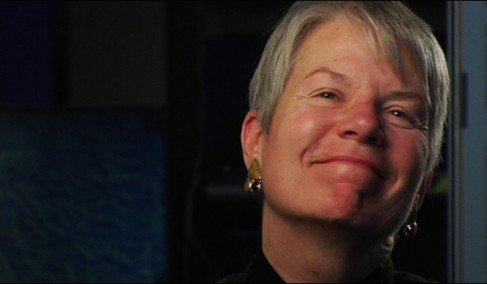“I don’t want a full house at the Winter Garden Theatre. I want 90 people who just came out of the worst rain storm in the city’s history. These are people who are alive, on the planet. Until they dry off. I wish I had a theater that was only open when it rained.” Bill Murray as the playwright Jeff Slater in Tootsie.
Documentary filmmaker Doug Block had an interesting post on his blog, Around the Block about how we’re watching movies these days.
Block conducted an informal test. As part of an assignment, he asked students in a film class (average age 25) to watch his documentary, 51 Birch Street, saying only that it was available on multiple formats. The next time the class met he surveyed them on format and viewing habit.
It turns out that 8 saw it on dvd via their laptops, 11 streamed it directly onto their laptops and 1 honest soul fessed up to not seeing it at all. So, no one saw it on anything as large as a monitor or normal tv screen. All but one who watched it streamed saw it for free on Hulu, and they reported there were commercials about every 20 minutes. Not counting these commercials, each person paused the film at some point in their viewing between 3 and 5 times, on average. Considerably more than half admitted to texting, chatting or answering emails at some point (if not constantly) while watching, as well.
Block is accepting of the trend. I am, too. What can you do? The question then becomes, do you tailor your work for this trend or not? Is that compromising? Selling out? Big questions.
Here’s a smaller question: what does this trend mean for A Life’s Work?
Watching films on the smaller screens is a bit disheartening. We didn’t shoot A Life’s Work in Cinerama or anything, but we did shoot big landscapes–
These lose their impact on the tiny screen. On the positive side, I do have expressive faces and beautiful close ups, and those are very small screen friendly.
Continuing to look at the glass as half full, I can also say that A Life’s Work can be broken down into many bits. A long time ago I decided that the way to organize this film, a film that doesn’t have a traditional three-act structure, was to have discrete chapters: Goals, Beginnings, Influences, Challenges, Setbacks, Successes, etc. Each subject would have 3-5 minutes within each chapter. So there’s a logical pause point between chapters as well as between each subject’s segment within that chapter.
I didn’t structure the film with the multitasking audience in mind, it just made the most sense to me. I don’t have any illusions that if someone is watching A Life’s Work anywhere but a theater and she or he receives a text, she or he will wait until one of those points, pause the film, and read and reply to the text. No. I suspect the film will play on as the text is read and replied to.
Ideally, I want A Life’s Work to be viewed in a theater on a big screen in one undistracted sitting. Cell phones off and no unwrapping of the hard candies. But what I want and reality are two very different things. I accept that.
So, back to those big questions. Is it selling out to fashion your art so that it conforms to the prevalent viewing formats and viewer habits? I have an idea what Jeff Slater would say, but what about you?
Cross posted on ExtraCriticum.com


